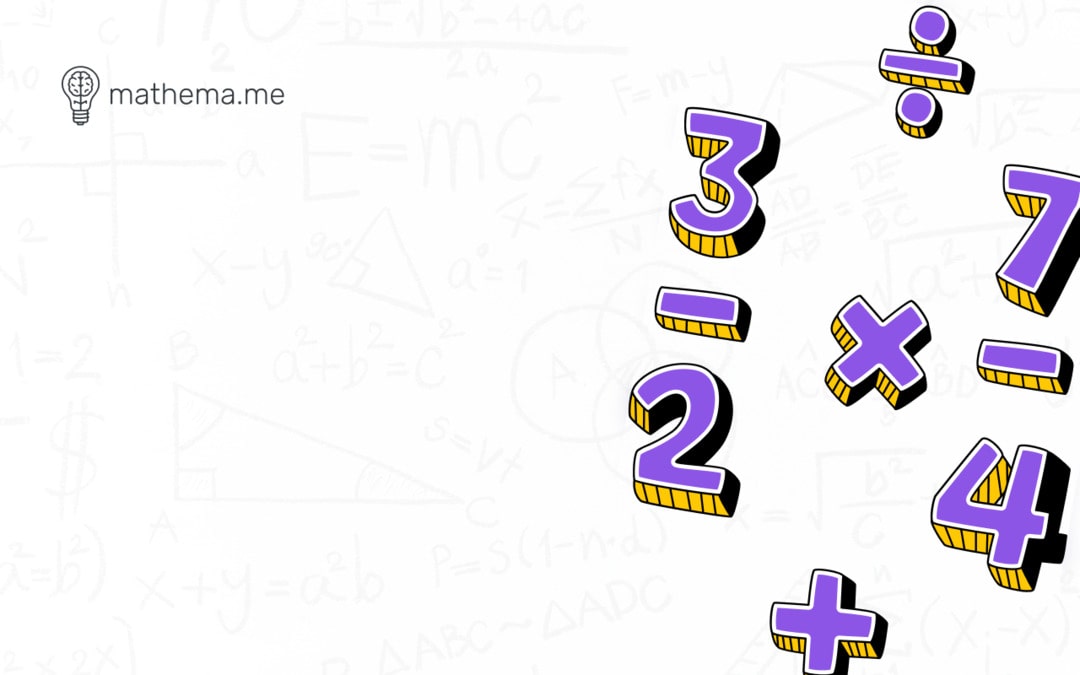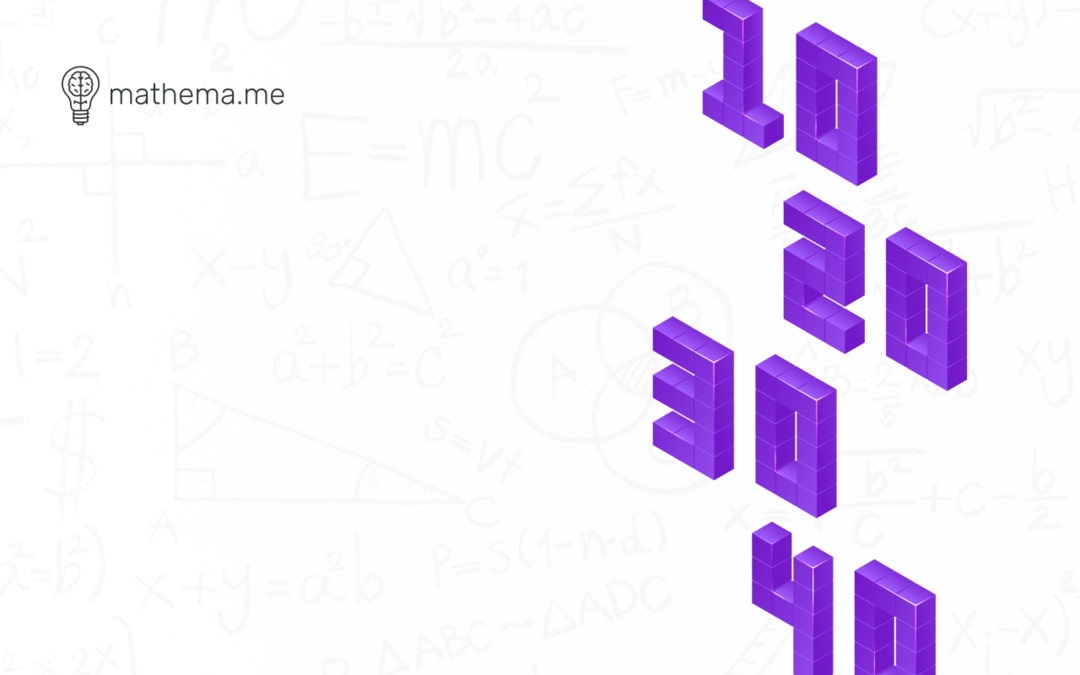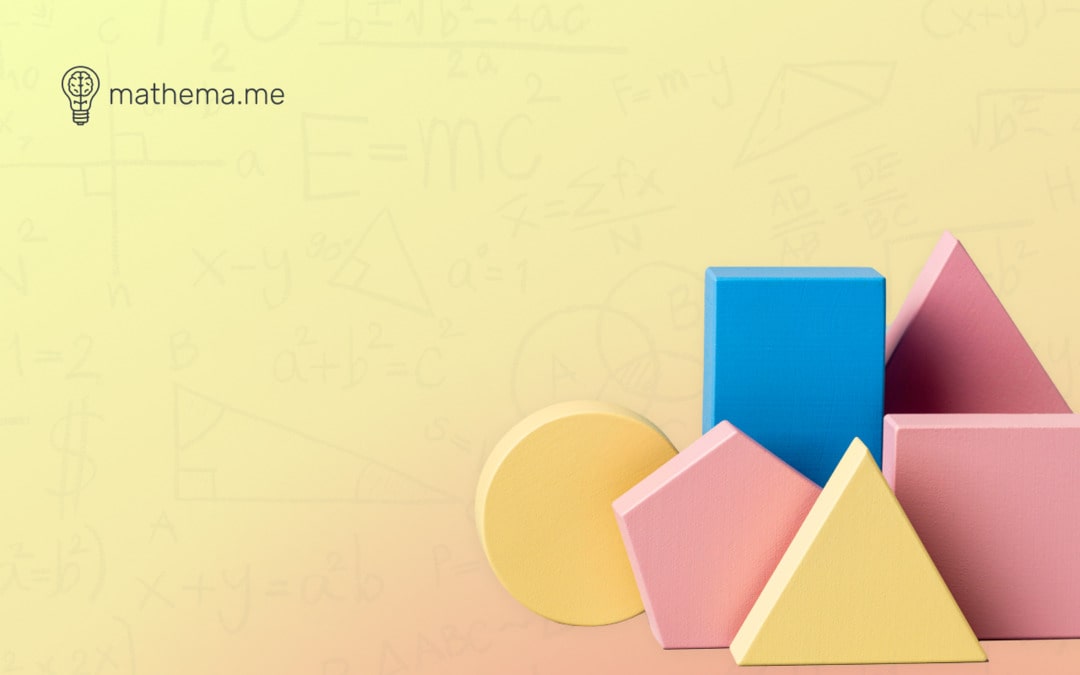Memory is a key factor in successful learning. When studying new material, it involves memorizing a lot of new information and doing so effectively. Just like muscles on the human body, good memory can be trained. However, training requires a bit of time and needs to be done regularly.
Mathema shares insights on how to improve memory, offers exercises for development and training of memory, and provides parents with tips on how to engage with their child.
Different Types of Memory
There is no single correct classification of memory types, as scientists continue to debate the variants. However, the most widely accepted system classifies memory into four types:
- Sensory
- Working
- Short-term
- Long-term
Some brain researchers refer to this system not as “types”, but rather as “stages” of memory. This is the route information takes in the brain before it becomes a memory. Initially, it appears at the stage of sensory memory, then moves to short-term and may eventually be stored in long-term memory.
Sensory Memory
This type of memory is responsible for the initial encounter with information. At this stage, memories and information exist only briefly, sometimes less than a second. Sensory memory allows a person to form an impression of the surrounding world—for instance, reacting to the sound of a telephone ringing or a change in traffic light color. If the brain deems this information unnecessary, it quickly discards it. However, all human memories start with sensory memory.
Short-term Memory
This memory retains information slightly longer than sensory, usually up to 30 seconds. At this stage, the brain also discards memories without necessity. If someone dictates a phone number to you, you will be able to remember it for a while. This is what short-term memory is for. Recall occasions when you just had keys in your hands and cannot remember where you left them. Unfortunately, your brain removed this information from short-term memory.
Working Memory
It resembles short-term memory, but it is necessary for the brain to compare facts and work with information. For example, when a child solves a problem, they remember its conditions and keep it in mind until the problem is solved. Or while preparing a specific dish, a person remembers which ingredients have already been added and concludes what to add later.
Long-term Memory
Responsible for all the experiences and memories a person has. By developing long-term memory, people manage to improve their success in learning. This type of memory is the most complex and is also divided into several subtypes:
- Episodic – memories of events you have witnessed. For example, the wedding of a close person.
- Semantic – memories of events you did not witness. For example, the course of World War I.
- Implicit – unconscious memorization. For example, you definitely know the translation of an English word, but cannot recall when you learned it.
- Procedural – retains information on how to perform certain actions automatically. For example, driving a car or playing a musical instrument.
- Priming – resembles a reflex and is responsible for habits. For example, you remember about an umbrella when you see cloudy skies.
7 Ways to Improve Memory
Consult a Math Tutor
One of the best ways to enhance memory is through additional math lessons. These sessions develop logical and analytical thinking, long-term memory, and improve performance in precise subjects at school.
Working with a tutor can be done online, saving time. At the online school Mathema, tutors help students learn complex topics, prepare for exams, and solve homework problems. Teachers work with children of all ages, starting with a diagnostic lesson. During this session, the tutor carefully assesses the child’s knowledge, taking into account parents’ recommendations and wishes. Try a diagnostic lesson through the link below.
Schulte Tables
These are tables that display a certain number of numbers in a random order. The task is to find all the numbers in sequence, such as from 1 to 30, as quickly as possible. For adults, the tables are larger, ranging from 1 to 100. To make the task more challenging, sometimes the numbers are displayed in different colors. This method helps develop memory and attention. Try an interactive Schulte table and record the time it takes to complete the test.
Reading Aloud
Research from the University of Waterloo shows that reading information aloud significantly improves its memorization. 95 students received information in several different ways: by listening, reading silently, and reading aloud. Results showed that reading aloud is the most effective way to remember information. Ask your child to read aloud, such as a paragraph from Ukrainian history or a poem that needs to be memorized.
Chess Playing
There are numerous games that improve memory, but one of the best is chess. Professional chess players possess phenomenal memory and can recall games played decades ago. In chess clubs, children learn to memorize various openings, creating memory models that can later be used in learning. One of the most popular sites for playing chess is Chess.com, try playing a few games with your child. They might enjoy it.
Breaks During Study
Short breaks during study enhance the memorization of information. If your child is learning a new topic, allow them to take controlled distractions of 10-15 minutes. During this period, the brain rests and its capacity for memorization is replenished. Continuously receiving new information can overwhelm a tired brain, causing it to reject new facts.
Puzzles
Assembling puzzles is an old-fashioned yet effective way to improve memory and concentration. Gift your child a simple puzzle to pique their interest, and it might become a new hobby.
Learning Other Languages
Learning foreign languages requires children to remember many new words and immediately apply them in practice. This develops their working and implicit memory. It is an extremely effective way to enhance performance in other academic areas.
Conclusion
Memory is a muscle that can and should be trained. Regular practice will improve learning outcomes, where the ability to assimilate information is crucial. Moreover, the exercises can be enjoyable for the child, such as mobile apps or games. Find a method that works best for your child.



